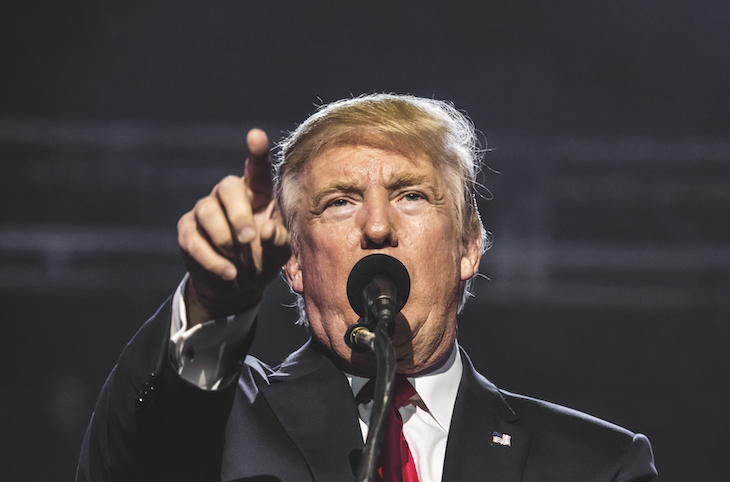With a re-run of the 2020 US Presidency election now more likely, Gilles Moëc, AXA Group chief economist and head of AXA IM Research, considers the chance and implications of a second Trump mandate.
Donald Trump’s victorious Super Tuesday, combined with so far favourable decisions by the Supreme Court, make it highly likely now that the November duel will be a re-run of 2020 at a time when, in the general polls, Joe Biden is slightly trailing his Republican opponent.
The current President used his State of the Union speech to highlight the country’s strong economic performance. What is however striking is that consumer confidence is now significantly lower than what a so far successful model combining the unemployment rate, inflation and equity prices suggests.
It seems the US extreme political polarisation is colouring citizens’ assessment of the state of the economy, but Biden cannot count on Democrats’ enthusiasm about their economic conditions. Indeed, even they assess them as slightly below their long-term average.
Looking back at all incumbent’s re-election bids since 1972, the level of consumer confidence at this stage of the campaign is lower than those seen in successful bids.
Now, elections are not necessarily won on the economy. Donald Trump’s lost his own re-election bid in 2020 despite a high level of consumer confidence. We think it is, however, time to start looking hard at what a possible second Trump mandate could mean.
Peter Navarro, Donald Trump’s former international trade envoy, unveiled in detail his plan for the US to threaten – and potentially ultimately enforce – additional custom levies to systematically bring the US tariffs on par with the tariffs imposed by the US clients. Some of these elements have already found their way into Donald Trump’s campaign. This would hurt geopolitical allies of the US such as the EU, as well as an emerging power such as India, on top of China, the explicit key target there.
Separately, we think Christine Lagarde hinted quite clearly as June as the likeliest moment for the first rate cut. The ECB still needs more clarity on wage growth in particular, but the more dovish than expected new batch of forecasts signals a clear readiness not to waste too much time before starting to remove some of the current policy restriction.





























